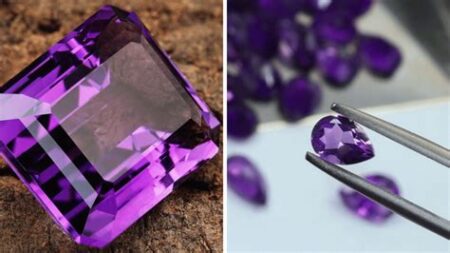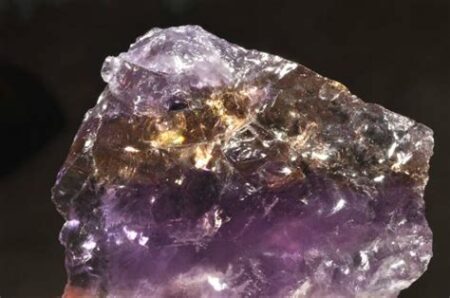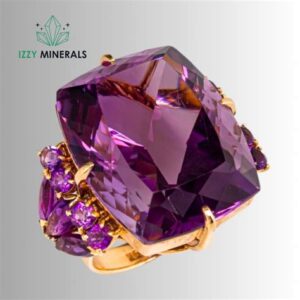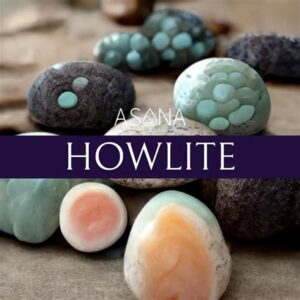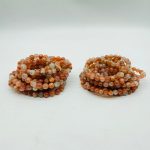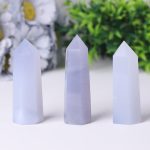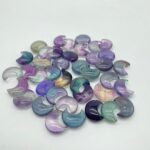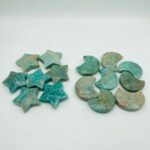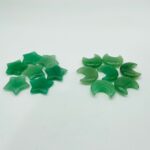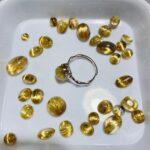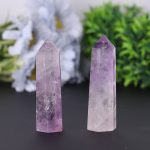Introduction
Purple, a captivating hue that has long captivated humanity, reigns supreme in the realm of gemstones. From the delicate amethyst to the vibrant tanzanite, purple stones possess a mesmerizing charm that transcends time and culture. Identifying these precious gems requires a keen eye and an understanding of their distinctive characteristics. This comprehensive guide unveils the secrets of purple stone identification, empowering you to discern their true nature.
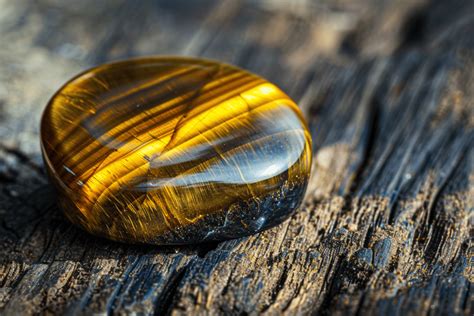
Amethyst: The Regal Stone
With its enchanting purple hues, amethyst ranks among the most popular gemstones. Its name, derived from the Greek “amethystos,” meaning “not intoxicated,” stems from the ancient belief that wearing amethyst prevented drunkenness.
Key Characteristics:
- Color: Ranging from pale lavender to deep purple
- Crystal Structure: Trigonal
- Hardness: 7 on the Mohs scale
- Transparency: Transparent to translucent
- Moh’s Hardness: 7
Applications:
Amethyst’s versatility extends from jewelry to metaphysical healing. Its soothing energies are said to promote relaxation, reduce stress, and enhance spiritual growth.
Tanzanite: The Azure Gem
Tanzanite, a relatively recent discovery, has captivated the world with its intense blue-violet hues. Named after the country where it was first found, this gemstone has become synonymous with elegance and exclusivity.
Key Characteristics:
- Color: Blue-violet to deep purple
- Crystal Structure: Orthorhombic
- Hardness: 6.5 on the Mohs scale
- Transparency: Transparent to translucent
- Moh’s Hardness: 6.5
Applications:
Tanzanite’s captivating beauty has elevated it to the status of a luxury gemstone. It is often used in high-end jewelry and serves as a prized collector’s item.
Purple Garnet: The Fire of Rebirth
Purple garnet, a captivating variant of the garnet family, displays a range of hues from deep burgundy to vibrant purple. Its name, derived from the Latin “granatum,” meaning “seed,” refers to its resemblance to pomegranate seeds.
Key Characteristics:
- Color: Deep burgundy to purple
- Crystal Structure: Cubic
- Hardness: 7.5 on the Mohs scale
- Transparency: Transparent to opaque
Applications:
Purple garnet is a popular choice for jewelry, particularly in Victorian and Edwardian designs. It is also said to possess healing properties, promoting vitality and self-esteem.
Iolite: The True Traveler’s Stone
Iolite, a captivating gemstone often referred to as “water sapphire,” exhibits a subtle color-changing effect. Its appearance shifts from a deep blue to a vibrant purple depending on the viewing angle.
Key Characteristics:
- Color: Blue to purple
- Crystal Structure: Orthorhombic
- Hardness: 7 on the Mohs scale
- Transparency: Transparent to translucent
- Moh’s Hardness: 7
Applications:
Iolite has garnered attention in the world of jewelry, particularly in Viking and Roman designs. Its navigational qualities have also earned it the nickname “the traveler’s stone.”
Sugilite: The Metaphysical Marvel
Sugilite, a rare and enigmatic gemstone, showcases an alluring blend of purple and pink hues. Its discovery in Japan in the 1940s has made it a highly sought-after gem among collectors.
Key Characteristics:
- Color: Deep purple to magenta
- Crystal Structure: Trigonal
- Hardness: 6 on the Mohs scale
- Transparency: Translucent to opaque
Applications:
Sugilite’s metaphysical properties have brought it into the spotlight as a spiritual healing stone. It is believed to enhance intuition, spiritual growth, and detoxification.
Key Differences: A Comparative Guide
Table 1: Purple Gemstones: A Comparative Overview
| Gemstone | Color | Transparency | Crystal Structure | Hardness (Mohs) |
|---|---|---|---|---|
| Amethyst | Pale lavender to deep purple | Transparent to translucent | Trigonal | 7 |
| Tanzanite | Blue-violet to deep purple | Transparent to translucent | Orthorhombic | 6.5 |
| Purple Garnet | Deep burgundy to purple | Transparent to opaque | Cubic | 7.5 |
| Iolite | Blue to purple | Transparent to translucent | Orthorhombic | 7 |
| Sugilite | Deep purple to magenta | Translucent to opaque | Trigonal | 6 |
Pain Points and Motivations in Purple Stone Identification
Identifying pain points:
- Difficulty distinguishing between similar purple gemstones (e.g., amethyst vs. tanzanite)
- Lack of reliable information on purple stone characteristics
- Inaccurate appraisals and valuations
Motivations:
- Accurate identification enhances the value and desirability of gemstones
- Knowledgeable consumers can make informed purchasing decisions
- Proper identification protects against fraud and counterfeiting
Effective Strategies for Purple Stone Identification
- Visual Inspection: Examine the gemstone’s color, transparency, and any visible inclusions.
- Gemological Testing: Employ professional gemological equipment such as refractometers and spectrometers to measure refractive index and spectral properties.
- X-ray Diffraction: Determine the gemstone’s crystal structure using X-ray diffraction analysis.
- Fluorescence: Observe the gemstone’s reaction under ultraviolet light to identify specific chemical elements.
Creative Applications for Purple Stones
- Luminary Applications: Purple gemstones can be utilized in LED light fixtures and lasers due to their ability to generate specific wavelengths of light.
- Metaphysical Healing: Incorporating purple gemstones into healing crystals and energy devices is believed to enhance spiritual growth, promote relaxation, and reduce stress.
- Emotional Jewelry: Purple gemstones are often incorporated into jewelry as a symbol of royalty, spirituality, and emotional well-being.
Conclusion
Purple stone identification is an intriguing endeavor that unravels the secrets of these precious gems. By understanding their distinctive characteristics and applying effective identification strategies, you can discern the true nature of these enchanting stones. Embrace the allure of purple gemstones, whether for their aesthetic beauty, metaphysical properties, or innovative applications. Let their captivating hues inspire your creativity and enhance your understanding of the world of gemstones.

